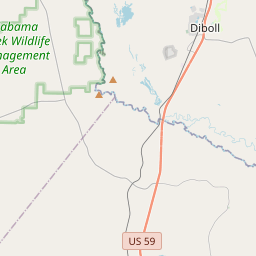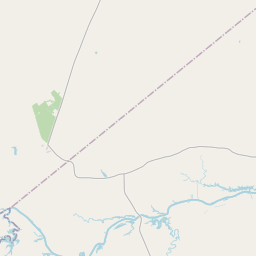Trinity County Courthouse and Jail













Jurisdiction:
State Antiquities Landmarks (SALs) are designated by the Texas Historical Commission (THC) and receive legal protection under the Antiquities Code of Texas (the Code). The Code defines all cultural resources on non-federal public lands in the State of Texas as eligible to be designated as SALs. Historic buildings and other aboveground historic resources must be listed in the National Register of Historic Places before they can be designated as SALs, but archeological sites do not have the same prerequisite.
SAL designation does not mean that sites or buildings cannot be altered or destroyed. The land-owning agency must consult with the THC about such proposed actions through the permit process, and the THC will determine whether the work will be allowed.
Buildings designated as SALs are listed in the Texas Historic Sites Atlas. However, information about designated archeological sites is not available to the general public to protect the sites from vandalism and destruction.
The Johnson Space Center, located in Houston, played a crucial role in the development of the U.S. space program. It was here that NASA trained its astronauts and mission control teams, and it continues to be an important center for space research and exploration today.
During the Civil War, Trinity County, like other parts of Texas, was predominantly pro-Confederate. The county contributed soldiers to the Confederate Army and faced several Union invasions. After the war, Trinity County faced economic challenges due to the loss of slavery and the devastation of crops and infrastructure. However, the discovery of lumber and the expansion of railroads in the late 19th century revitalized the local economy.
The timber industry became a major economic force in Trinity County during the late 1800s and early 1900s. Several sawmills were built, attracting workers and leading to the emergence of towns like Apple Springs and Pennington. Logging became a vital industry, with timber being transported via the railroads to markets across Texas and beyond. However, unsustainable logging practices eventually led to a decline in the industry, and today, forestry remains an important aspect of the county's economy.
In recent years, Trinity County has embraced its natural resources, including its pristine rivers, lakes, and forests, to develop tourism and recreational opportunities. Outdoor activities like fishing, hunting, boating, and hiking attract visitors from across the state. The county's rich history, marked by its Native American heritage, the Civil War era, and the lumber industry, is preserved in museums and historic sites, providing a glimpse into Trinity County's past.
Trinity County Timeline
This timeline provides a condensed summary of the historical journey of Trinity County, Texas.
- Founded in 1846 as part of Houston County
- 1848 - Trinity County was officially established as a separate county
- 1850 - Population of Trinity County was 1,027
- 1853 - The county seat was established in Sumpter
- 1873 - The county seat was moved to Pennington
- 1890 - The county seat was moved to Groveton
- 1890s - Timber industry became a major economic driver
- 1930s - Depression era brought economic challenges to the county
- 1944 - Construction of the Trinity River Authority Dam began
- 1952 - Trinity Dam was completed, forming Lake Livingston
- Present - Trinity County continues to be known for its natural beauty, outdoor recreation, and timber industry